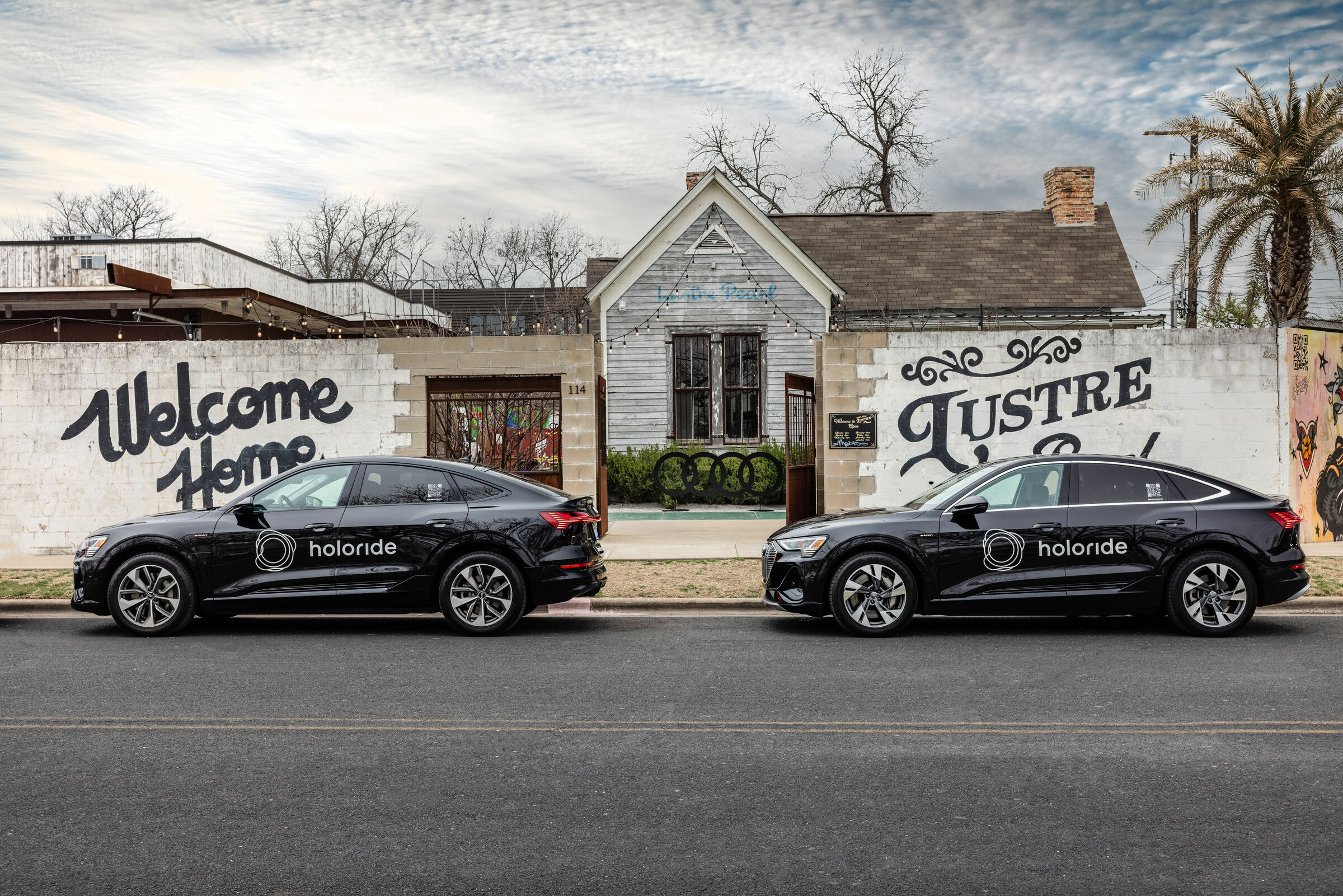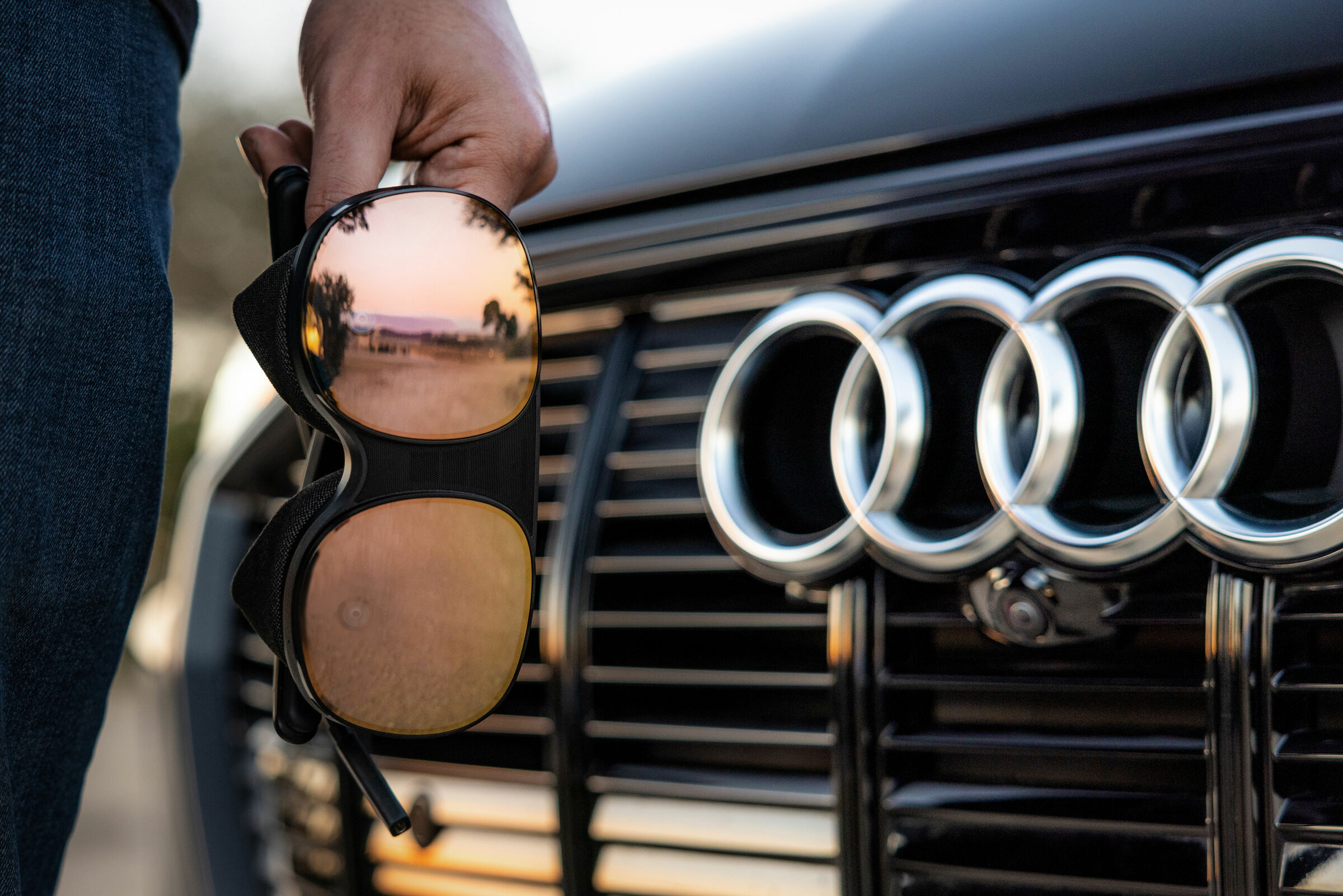XR entertainment for Audi passengers set to launch
The amalgamation of Virtual Reality (VR) and Augmented Reality (AR) has amounted to an umbrella term: Extended Reality (XR). With hype and anticipation around the capabilities of the metaverse, the race is on for tech giants to brings users immersive experiences in all aspects of life.
The automotive industry in particular is under pressure to offer drives the flashiest fads and features that car manufacturers would never have even fathomed a few decades ago. Nicknamed the ‘motorverse’ by the Virtual Reality Times, we discuss VR inside the automotive industry.
Audi has incorporated technology from Munich-based startup, holoride, with plans to launch in June 2022 for anyone with the latest upgrade of modular infotainment toolkit (MIB 3). This includes Audi A4, A5, A6, A7, A8, Audi Q5, Q7, Q8, Audi e-tron and Audi e-tron GT quattro1.
It is set to be introduced by Southwest SXSW Festival in the US. First debuted at CES 2022 in Las Vegas, holoride’s innovation was developed in collaboration with Disney experts for Games and interactive Experience.
Seeking to make car journeys a multimodal experience for backseat passengers, the technology will be linked to a VR headset using Elastic Software Development Kit (SDK) to enable content developers to create additional extended reality formats.
Audi reported that the elastic content will make the virtual experience different every day, even if the passengers take the same route each day: “The VR headset will provide a new experience every time.
“The little chickens at the pedestrian crossing might not be there anymore the next day because the car ride in the real world will also be different. This way a whole new media format emerges: elastic content.”
Though the content will be new each day, it’s also meant to reflect real-time motion. This means if the car turns left, the virtual world in which the passenger is playing will take a left turn. If the car accelerates, so does the player.
The artificial environment mirrors and matches relevant data points like location, speed, steering, acceleration and braking. “By doing so, we not only created a perfectly motion-synchronised journey through virtual worlds, but something radically new that entertains backseat passengers in an unseen way,” explained Nil Wollny, Co-Founder & CEO, holoride.

Though many may assume such tech would exacerbate travel sickness, research found it reduces such.
Not only can holoride users ‘play’ games through their headset, but also be immersed in films or been virtual tours.
Certainly, travel entertainment is not a new concept. For years, airplanes have in-flight films and games available, and many cars feature their own TVs. Tesla came under scrutiny in the last year for its drivable console which was intended was the passenger to play but concerns arose that drivers might use it instead. ‘Passenger Play’ in Tesla has since been disabled whilst thew car is in motion.
Aside from the race to gamify the automotive industry, mass hype surrounds automating the driving process itself. With most major manufacturers rushing to implement safe ADAS, critics have questioned whether time is being best spent looking to satisfy backseat passengers with games or whether engineers should be thinking more about reducing driving responsibilities.






